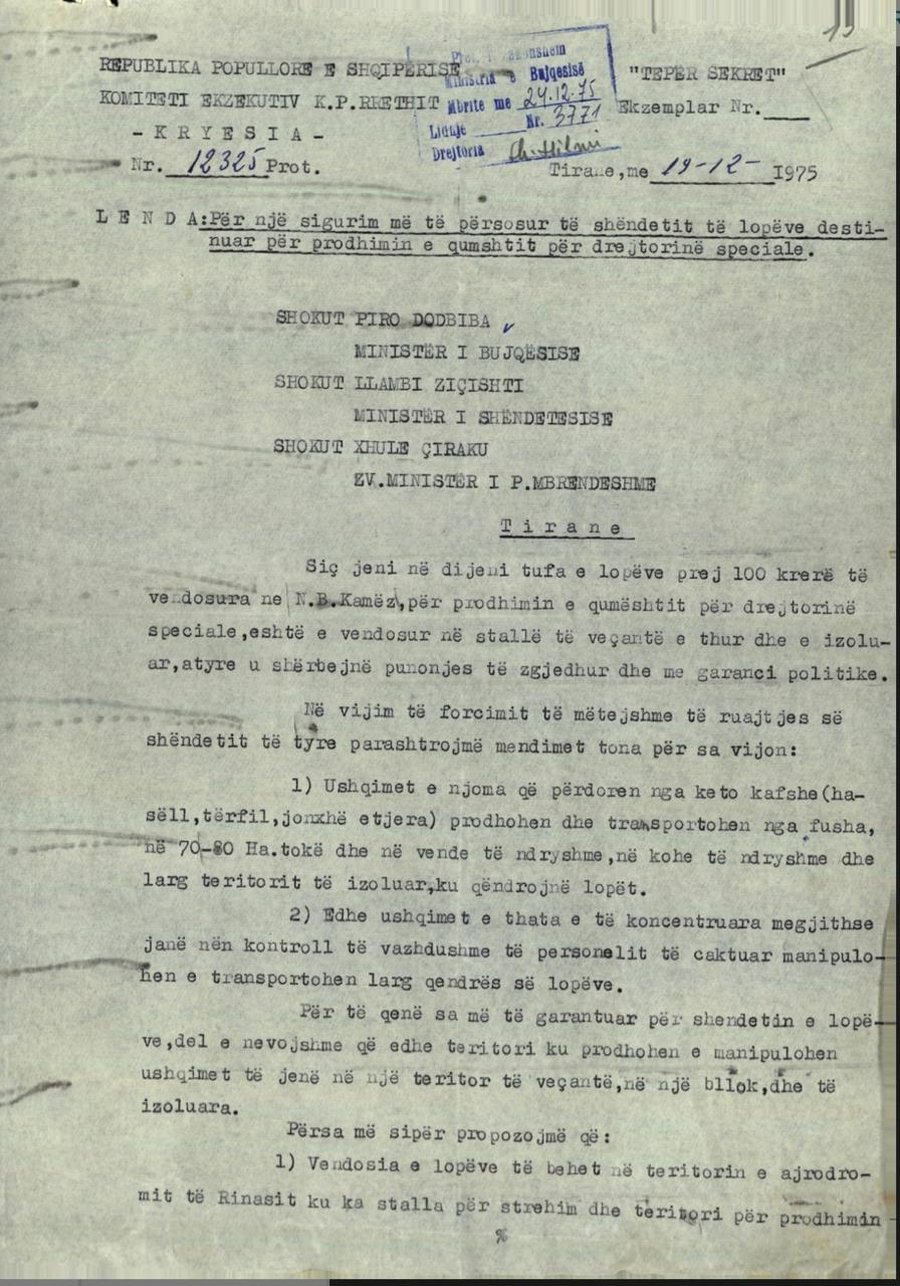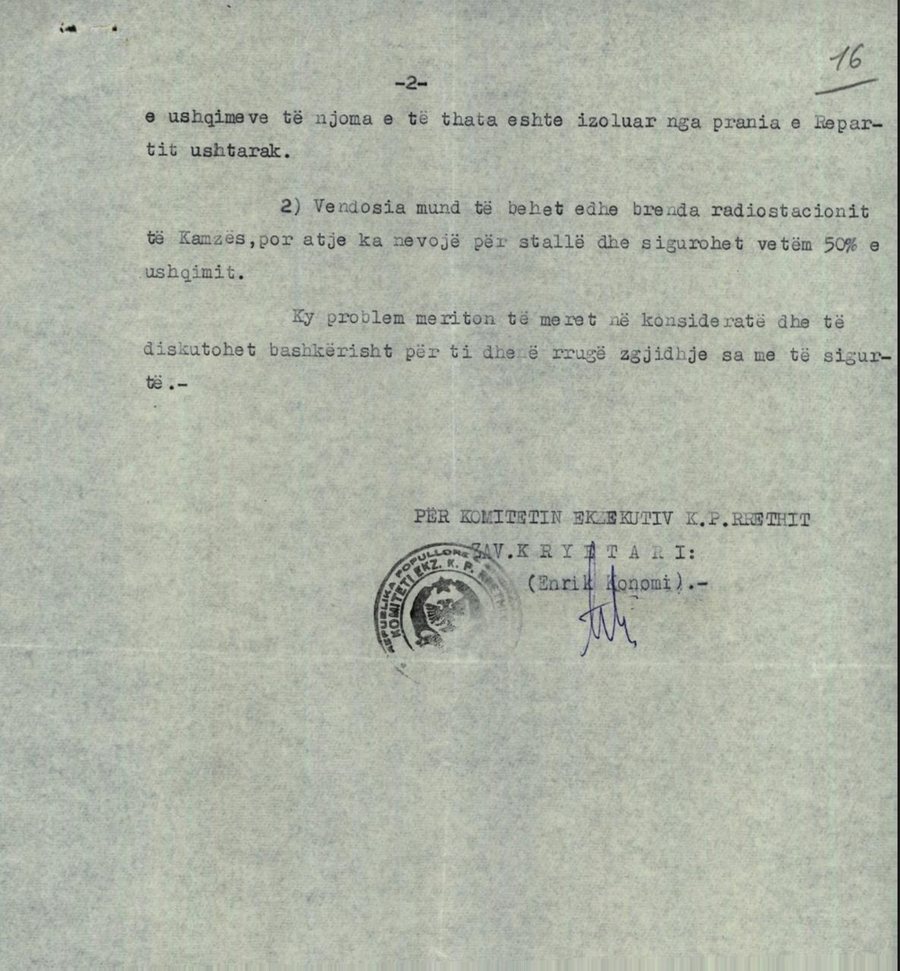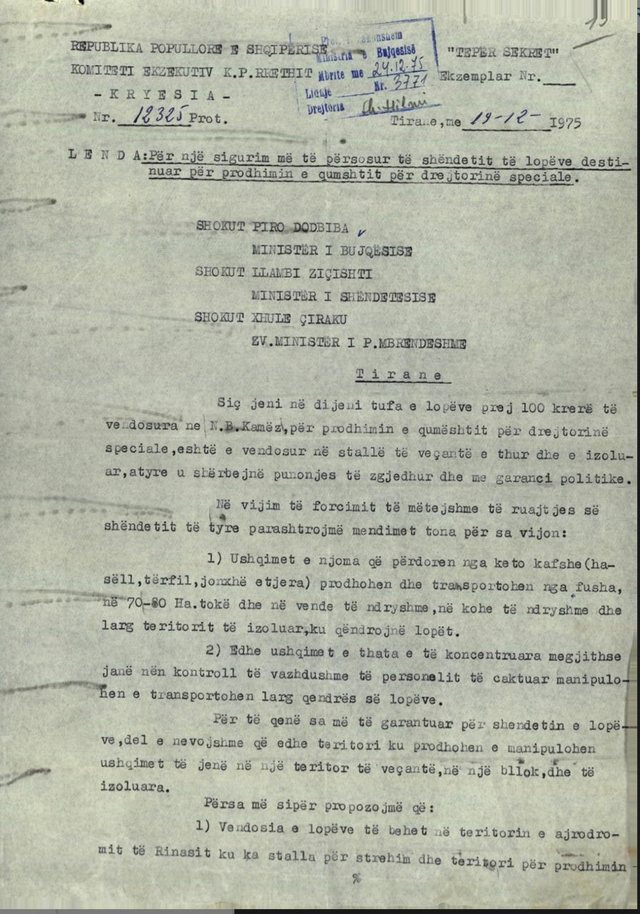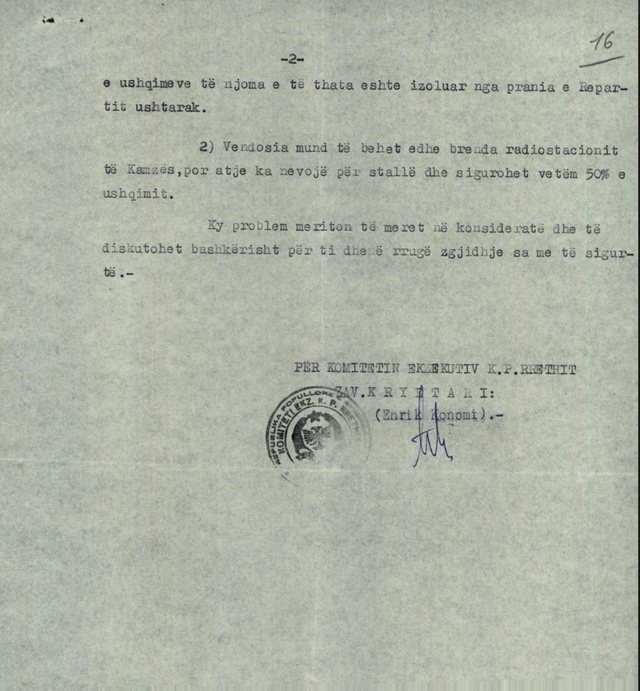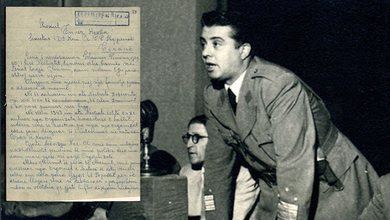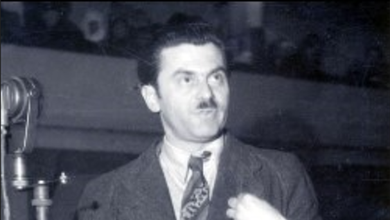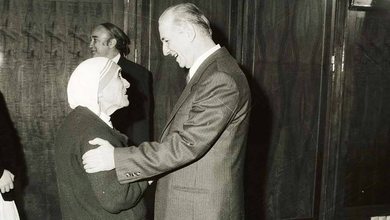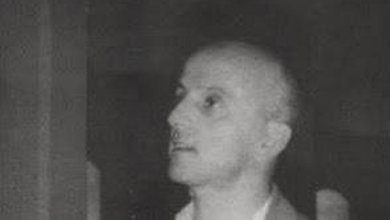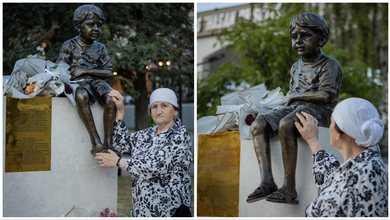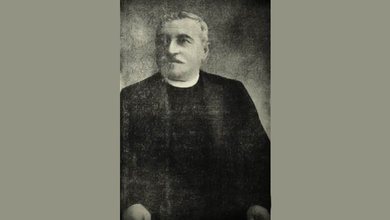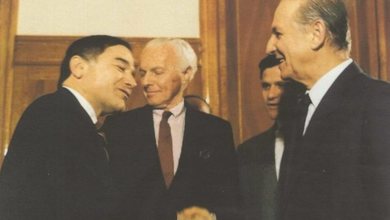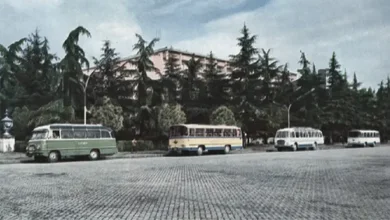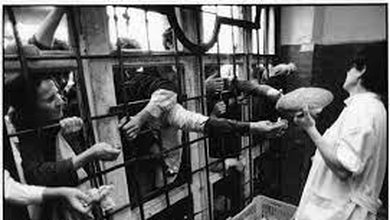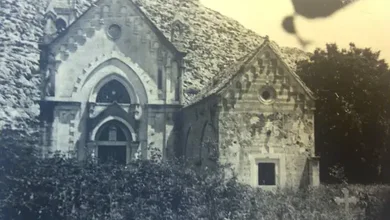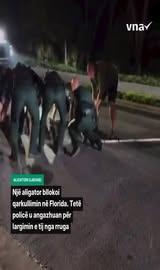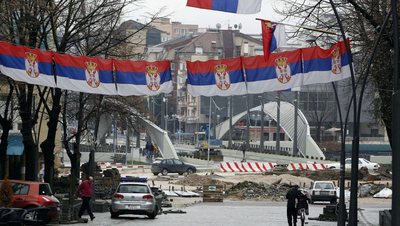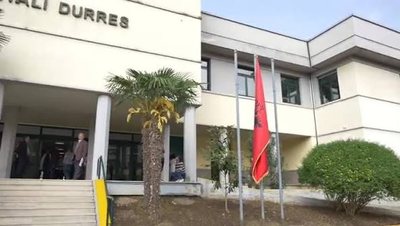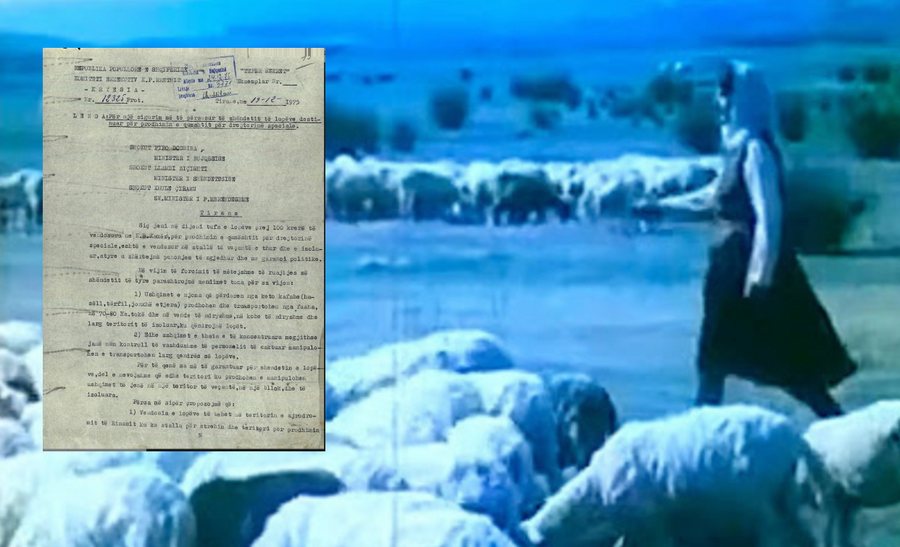
In Albania in the 1970s, not only did the leadership have to be “separated” from the people, but even the cows that supplied it with milk had their own special stable, fenced, politically controlled, and “safe from class contamination.” Even the cows had a good track record with the leadership.
A "top secret" document from 1975, signed by the deputy chairman of the Tirana district Executive Committee, Enrik Enoomi, addressed to Agriculture Minister Piro Dodbiba, Health Minister Llambi Ziçishti, and Deputy Interior Minister Xhule Çiraku, sets out special measures to ensure that the herds of cows that produced milk for the leadership's "special directorate" were fed, protected, and unaffected by "external dangers."
The report notes that 100 cows housed in Kamza were in separate stables and under the care of employees “with political guarantees”. Their food had to be produced and transported from separate, controlled fields and away from any contact with unstable elements. It was even proposed to relocate the herd to Rinas or to the Kamza radio station, where food and shelter could be better guaranteed.
But while secret plans were drawn up for the leadership's cows with security measures, the reality for ordinary Albanians was completely different: endless lines for a liter of milk, chronic shortages of basic foods and extreme poverty. In a country where children grew up on cornbread and thin soup, the government thought that even the animals that supplied the "special directorate" should be privileged and protected as part of the caste. This painful contrast shows more clearly than ever the absurdity of a regime that fed the leadership's cows with special care, while leaving its own people to starve.
